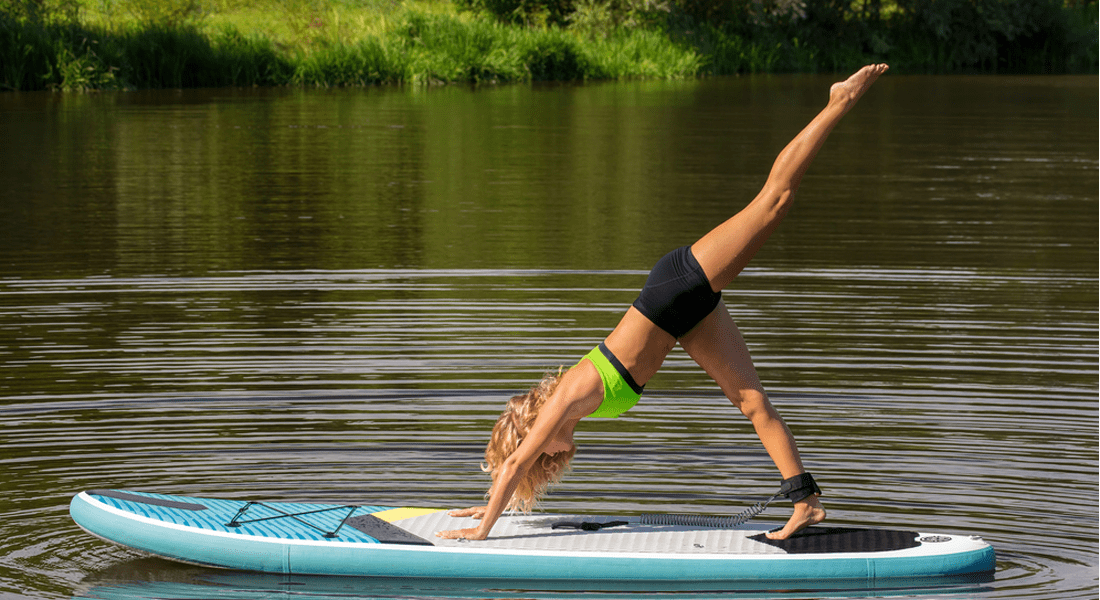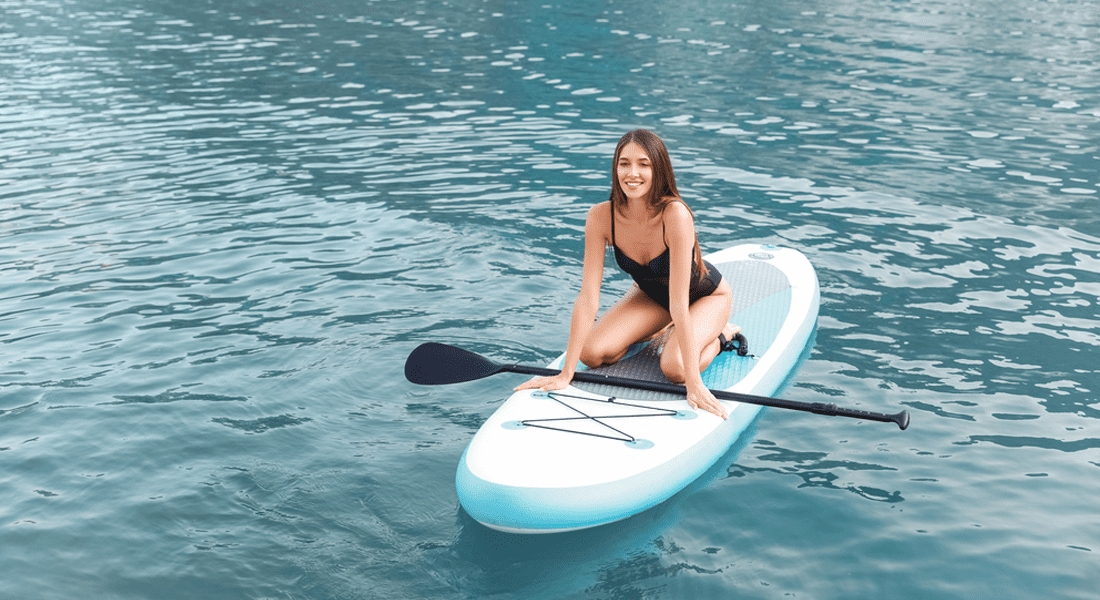
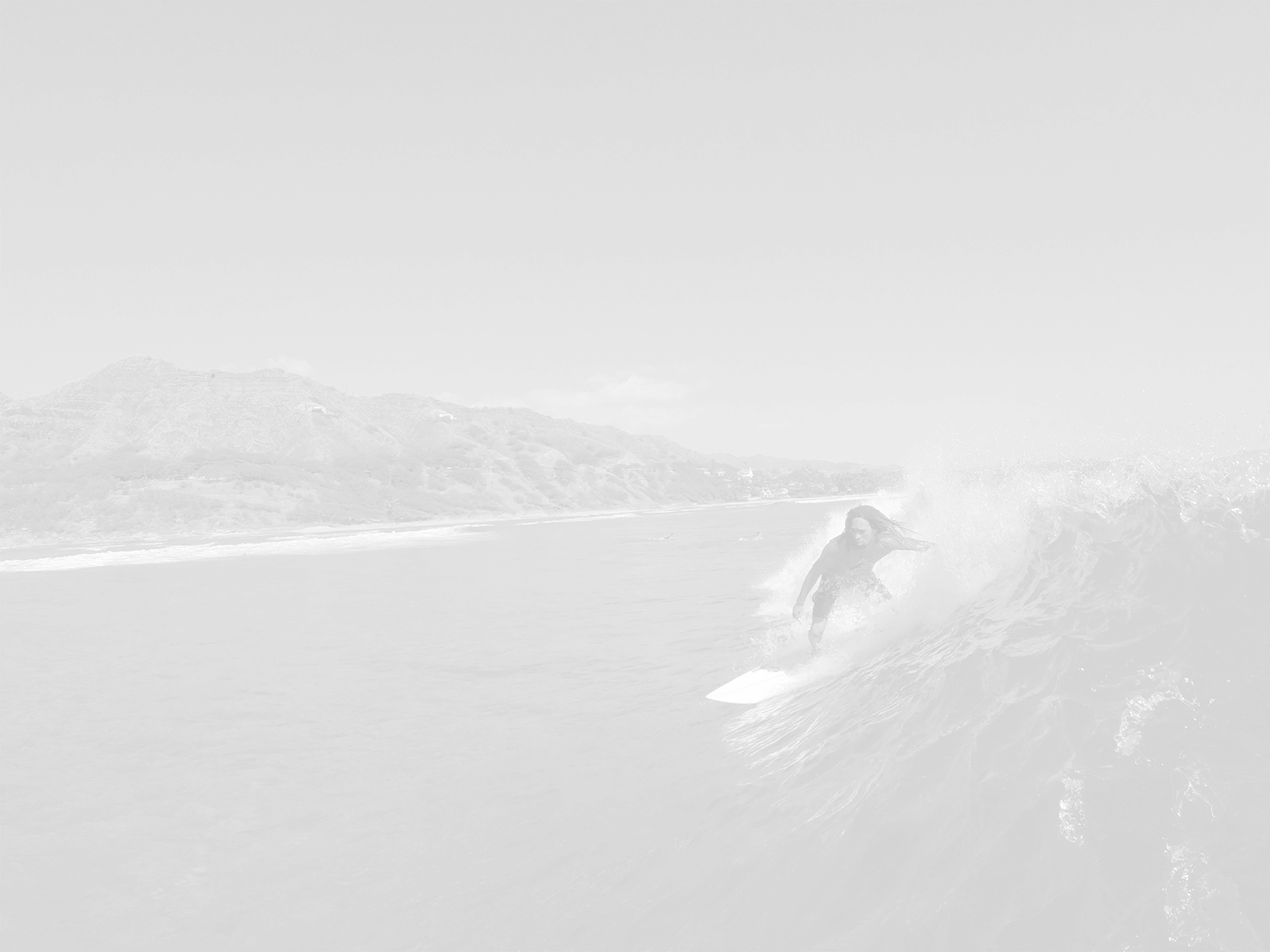
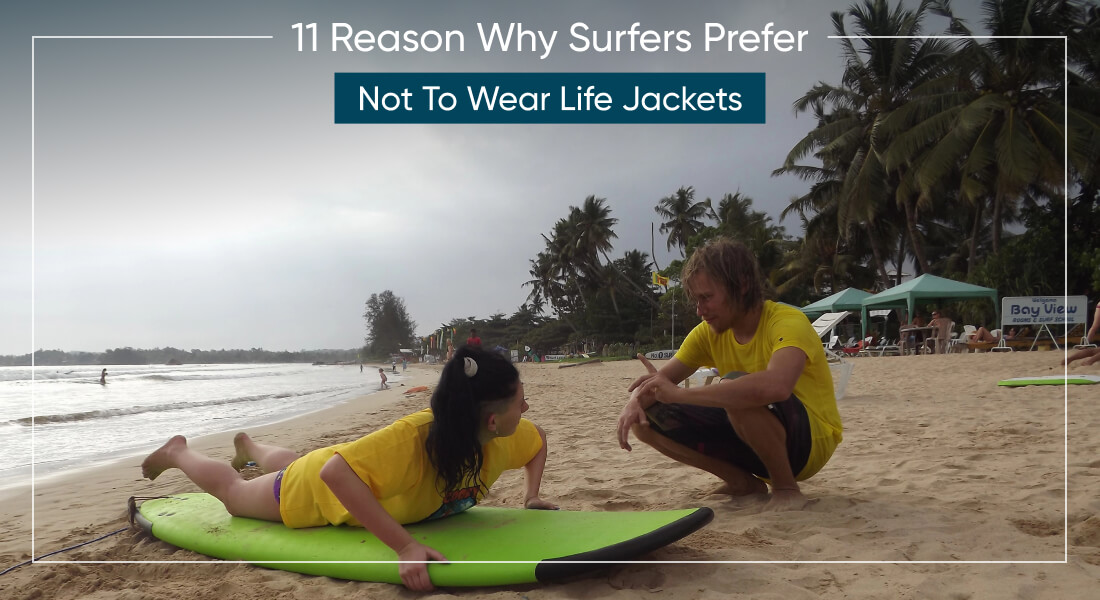

11 Reasons Why Surfers Prefer Not To Wear Life Jackets
One detail often stands out when you observe surfers gliding effortlessly over waves: most do not wear life jackets. For beginners or outsiders, this might seem puzzling. After all, life jackets are synonymous with water safety in other activities. However, the sport of surfing is unique, with its own dynamics, culture, and practical considerations that shape this preference.
Understanding why surfers do not wear life jackets provides insight into the sport's technical aspects and deep connection to the ocean. It also highlights how specialized gear and instruction, like those offered at Ohana Surf Project, prioritize safety without compromising the experience.
Mobility and Performance
Surfing requires a full range of movement. Each wave demands quick reactions, balance, and precise body positioning. Traditional life jackets are bulky, which makes it hard for surfers to paddle efficiently or perform maneuvers. They also interfere with the agility to execute tricks, turns, and transitions from lying to standing.
At Ohana Surf Project, instructors emphasize the importance of technique and body positioning during surfing lessons. The ability to move freely without restrictions is foundational to these lessons.
Natural Buoyancy from Wetsuits
For many surfers, wetsuits offer enough buoyancy to stay afloat. These suits are designed not only for warmth but also to offer support in the water. Wetsuits work especially well in saltwater, where natural buoyancy is already higher. This can be sufficient for surfers navigating calm or moderate waves, reducing the perceived need for additional flotation devices.
By focusing on proper training and awareness, instructors can teach surfers how to stay safe and comfortable in the water without relying solely on gear.
Learn More About Us

Surfboards as Safety Gear
Every surfboard has an ankle leash, which keeps the board tethered to the surfer. The surfboard acts as a flotation device, adding an extra layer of safety. If a surfer falls, they can rely on the board to stay afloat until they regain control.
During surfboard rentals or lessons, instructors often highlight the dual role of the board as both a tool for riding waves and a safety device. This practice reduces dependence on life jackets, especially when surfers are taught how to use their boards effectively.
Comfort in the Water
Surfing is not just a sport; it is an immersive experience. Many surfers describe an unparalleled sense of freedom and connection with the ocean. Wearing a life jacket can disrupt this feeling. The rough fabric and bulk of most life jackets can irritate the skin, add weight, and create discomfort during long sessions.
This discomfort can be particularly pronounced during bodyboarding lessons or activities where being close to the water is integral. Professional instruction helps new surfers build confidence, making safety measures like life jackets feel insignificant.
Safety in Surf-Specific Contexts
The surfing environment is distinct from other water-based activities. Surfers ride waves close to the shore, and most possess strong swimming skills. They are also trained to navigate currents and recognize hazards in the water. These skills are often emphasized in structured lessons, reducing reliance on additional flotation devices.
Cultural Norms and Perceptions
Surfing culture values simplicity and freedom. Life jackets, often associated with other water sports, are rarely seen as part of the surfing experience. For many, wearing one might feel unnecessary or even awkward. This cultural perspective is deeply rooted in the sport’s history, where surfers often relied on their skills and understanding of the ocean.
Through personalized coaching, surfers are guided to embrace this balance of respect for the ocean and confidence in their abilities.
Specialized Safety Alternatives
While traditional life jackets are uncommon in surfing, big-wave surfers often use advanced safety gear tailored to their needs. Inflatable vests, for example, are a popular choice among those tackling massive swells. These vests remain deflated during normal surfing and can be activated with CO2 canisters if the surfer is caught underwater or in challenging conditions.
This innovation highlights how surfers prioritize functionality. Instead of compromising agility with a standard life jacket, they opt for specialized tools that address specific risks. This approach demonstrates how the right equipment can enhance safety without limiting performance.
Resistance and Drag
Life jackets create additional resistance in the water. For surfers, drag impacts their ability to paddle efficiently and catch waves effectively. This resistance becomes a significant barrier for both beginners and experienced surfers. A smooth, unrestricted paddling motion is important in surfing success, particularly when attempting to catch larger or faster-moving waves.
Surfing lessons often focus on refining paddling techniques, emphasizing efficiency and power. Instructors teach students how to position their bodies and use their arms effectively, making sure that unnecessary equipment does not hinder their progress.
Personal Preferences
For many surfers, choosing not to wear a life jacket comes down to personal choice. The sensation of freedom and connection to the water is integral to the experience. Additional gear can feel intrusive, detracting from the natural rhythm of surfing.
This perspective is especially common among those who view surfing as more than a sport. It becomes a way to connect with the ocean, escape daily pressures, and immerse oneself in a meditative flow. By addressing these individual needs, professional instructors can make sure students feel safe while respecting their preferences.
Confidence in Environmental Conditions
Experienced surfers often tailor their safety choices based on the conditions. The perceived need for a life jacket diminishes in calmer waters or familiar surf spots. Many surfers trust their swimming ability and ocean knowledge to navigate risks effectively.
Surfing schools like the Ohana Surf Project help students build this confidence. By learning to read wave patterns, understand currents, and anticipate hazards, surfers develop skills that minimize the need for extra flotation devices.
Balancing Safety and Experience
The decision not to wear a life jacket is not about neglecting safety. Instead, it reflects a calculated balance between risk and the desire for an authentic surfing experience. Through proper training, appropriate gear, and an understanding of the ocean, surfers achieve this balance effectively.
Our instructors combine technical expertise with compassionate coaching, making sure that every surfer feels empowered and secure in the water, regardless of skill level.
Surf with Ohana Surf Project
At Ohana Surf Project, we focus on combining safety with the joy of surfing. Our personalized lessons help you build the skills and confidence needed to navigate the waves while gaining a deeper understanding of the ocean. From refining your paddling technique to learning how to use your surfboard for safety, we guide you every step of the way.
Whether you want to join our lessons or rent a surfboard, we are here to help you make the most of your surfing experience. Contact us today to book your session and start riding the waves with us.
OTHER OSP BLOGS

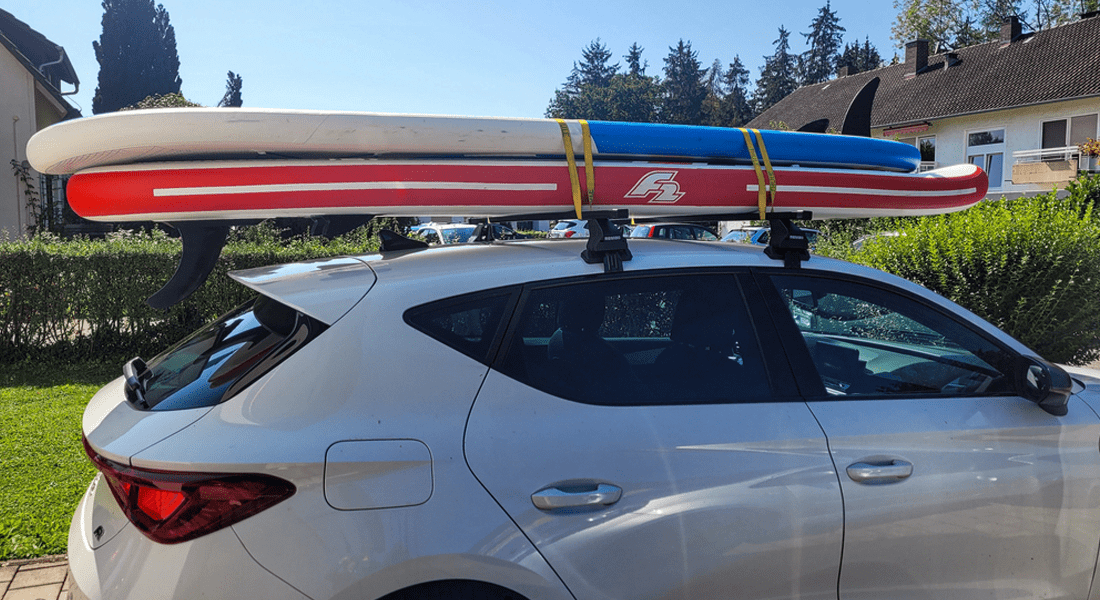
How To Transport Your Rental SUP Board
When you rent a SUP board for a Waikiki adventure, knowing how to transport a SUP board keeps your day smooth from the start. You probably feel excited to reach[...]